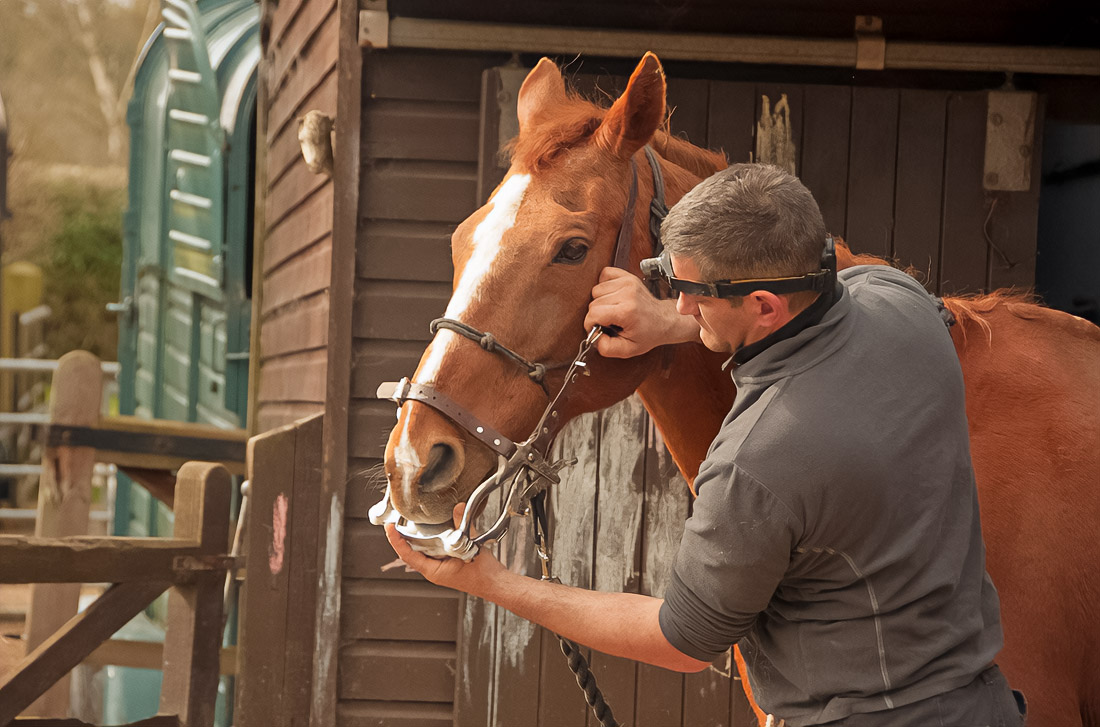Horses In The UAE’s Hot Climate: Thermoregulation, Air-Conditioned Stables, And Smart Summer Feeding
The heat in the UAE is harsh and long. In the summer months, temperatures often exceed 45°C. Humid sea air increases the heat load. Heat stress becomes a real threat even to trained horses. Therefore, thermoregulation, a solid hydration strategy, and smart exercise planning are crucial. We need shade, proper ventilation, and thoughtful feed. We need disciplined timing and routine. Constant health monitoring ties everything together.
Infrastructure And Routines That Reduce Overheating
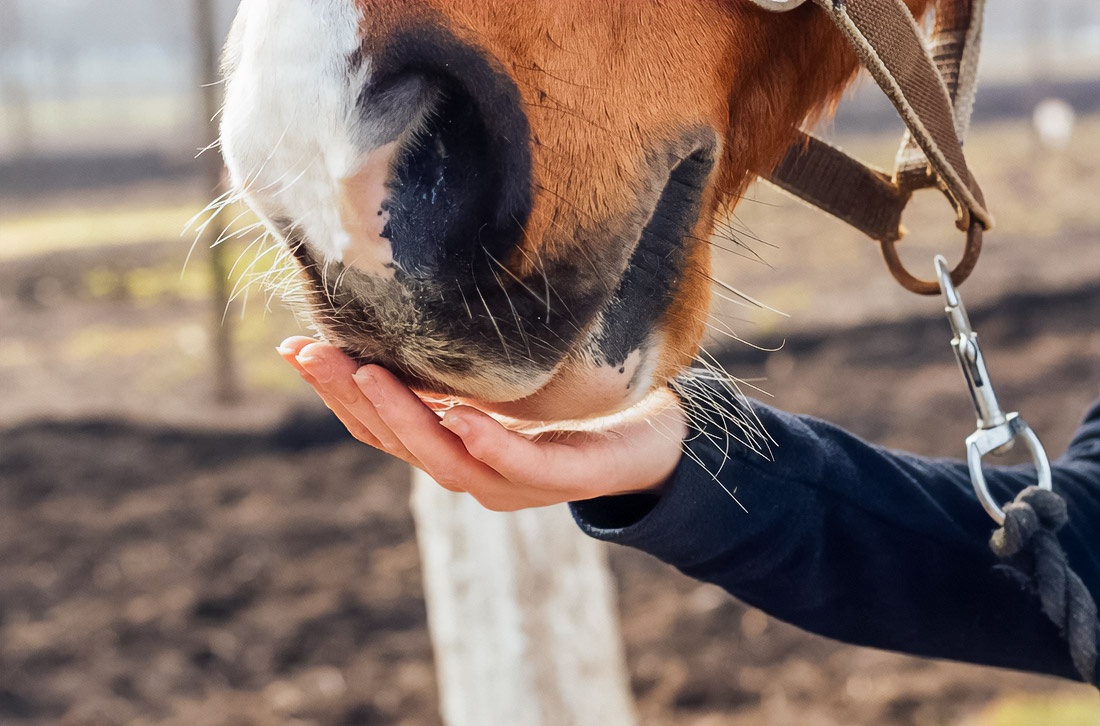
The working scheme rests on practical details. Air-conditioned stalls reduce heat stress significantly. The standard stall measures 3.5 × 3.5 m. The stables are open from 05:30 to 20:00 daily. Daily grazing is limited to 45 minutes per horse. This policy supports paddock time management and safety. The site operates six arenas to spread the workload. Round-the-clock surveillance and 24-hour security are in place. An indoor arena with air conditioning helps during hot weather. Chilled water in automatic drinkers supports steady water intake. Together, these measures reduce overheating when the heat peaks.
How A Horse Sheds Heat
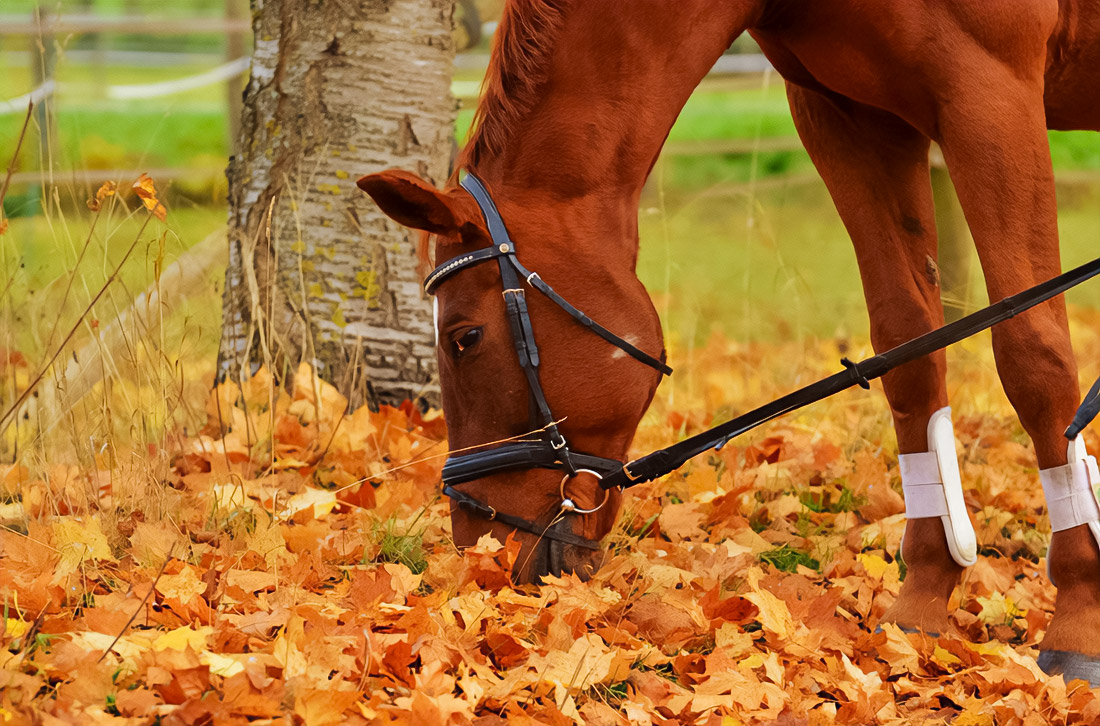
The body produces metabolic heat continuously. Heat loss occurs through conduction, convection, radiation, and evaporation. As core body temperature rises, the skin releases more heat. Evaporation of sweat from the skin surface is the key mechanism. One liter of sweat dissipates about 580 calories of heat. During intense work, the sweating rate can reach 10–15 liters per hour. In humid heat, the efficiency of evaporation drops quickly. The risk of heat stress therefore increases faster. Air temperature plus humidity form the heat index. This index offers a simple guide for daily practice.
Early Detection Of Overheating And Guidelines For Action
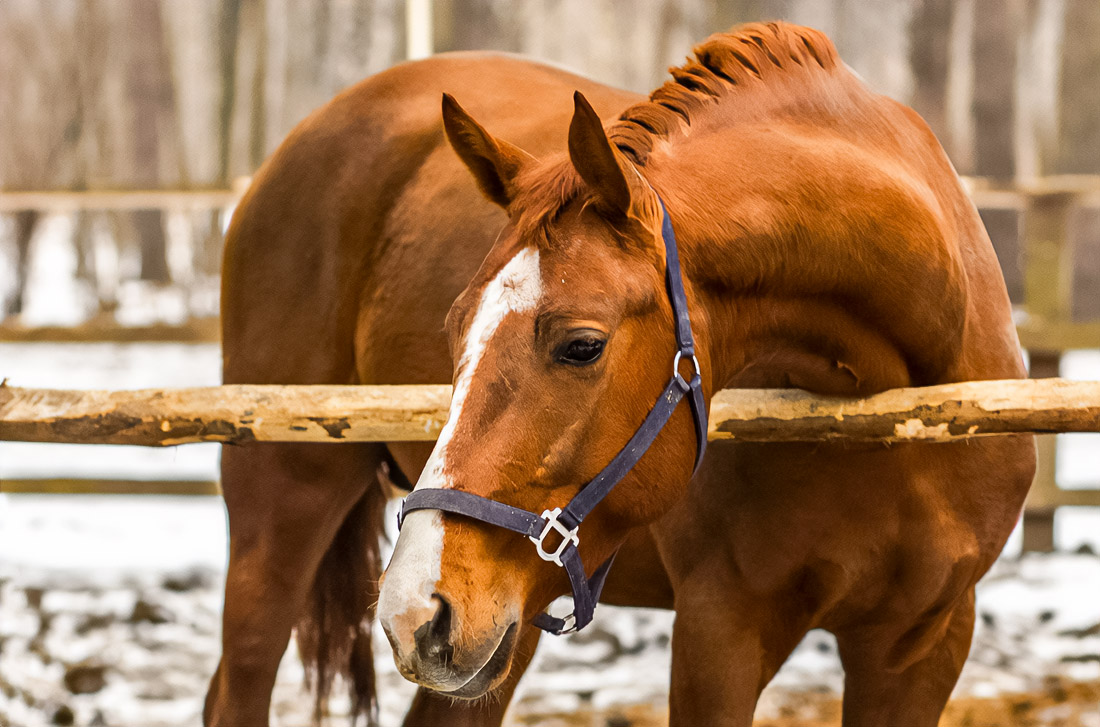
The symptoms of heat stress often build progressively. Heavy or, conversely, reduced sweating is concerning. Breathing and pulse rates climb as workload continues. Weakness, lethargy, dehydration signs, and discomfort appear. Daily body temperature checks improve outcomes. A threshold of 39.5°C suggests developing heat stress. Readings above 40.5°C indicate heatstroke. In that case, immediate cooling and veterinary care are required. Any delay worsens the animal’s prognosis in the heat. Sharp observation often outperforms technology in critical moments.
Hydration And Electrolytes As The Foundation Of Safety
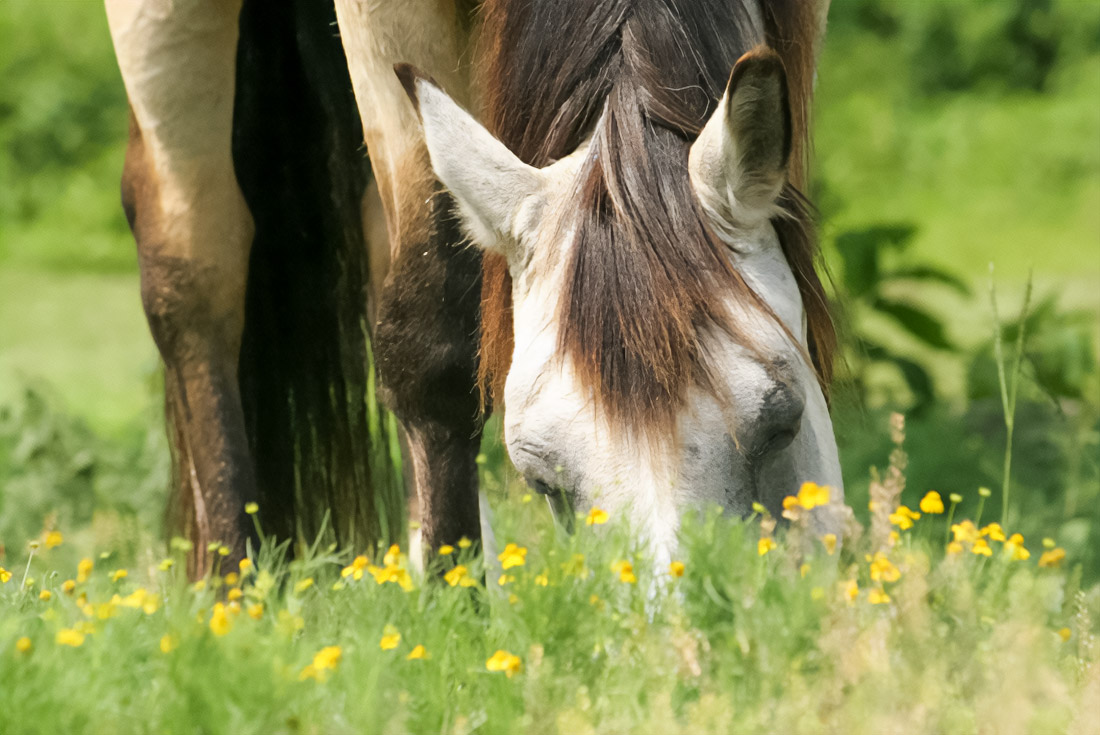
A robust hydration strategy works around the clock. Provide a constant supply of fresh, cool water to drinkers. Monitor water intake after each workout and during recovery. Electrolyte supplementation is appropriate on extreme days. It helps maintain sodium, potassium, and chloride balance. This supports plasma volume and effective sweating. Dehydration disrupts thermoregulation and increases fatigue significantly. Step-by-step rehydration after work is recommended. Do not push large volumes in one go. Offer smaller portions more frequently for safer recovery.
Smart Feeding In Summer: Less Heat From The Inside
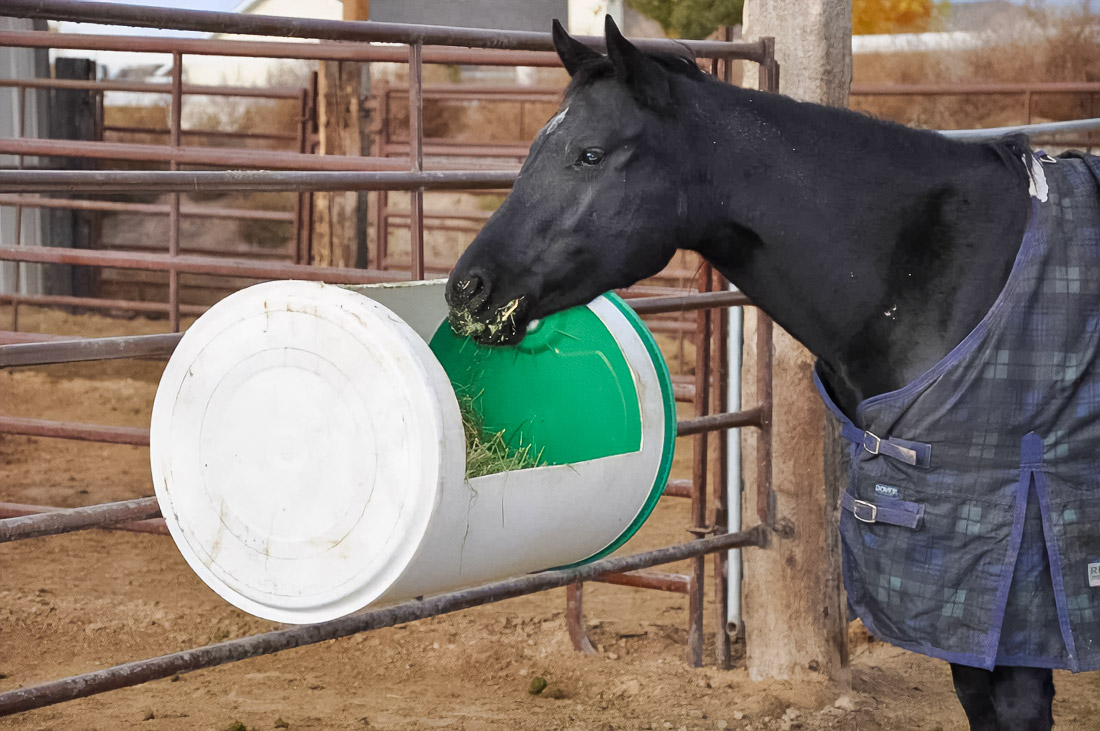
Diet changes with weather and workload. Forage quality remains essential, especially in the heat. Distribute feed in the early morning and late evening. This timing reduces heat load from feeding. Soaked hay helps with dust and palatability. About 30 minutes in cool water is usually enough. The mineral profile of hay shifts after soaking. Balance the ration with appropriate vitamins and trace elements. Favor energy from fats when suitable for the program. High protein elevates metabolic heat through deamination. For moderate work, 8–12% dietary protein is generally sufficient. Excess protein increases water load and urea output. That adds heat and reduces comfort in hot weather. When sourcing balanced rations locally, partner with horse feed suppliers in Dubai to align formulations with seasonal needs.
Workouts, Cooling, And Daily Schedule
Exercise must adapt to climate realities. Early morning exercise is the primary training window. Late evening exercise provides the secondary option. Midday sessions are shortened or canceled during heat spikes. After work, apply skin cooling and a gradual cool down. Pour cool water in series from the lower limbs upward. Ice water is unnecessary and not helpful here. With proper security, a turnout at night is appropriate. This reduces direct sunlight exposure and insects. Indoors, increase ventilation and use misting systems where suitable. Air movement must carry excess heat away from the body.
Acclimatization And Weather Decision Thresholds
Introducing a horse to peak heat requires time. Gradual acclimation typically takes 15–21 days. Increase intensity stepwise and monitor closely. Sensible progress builds heat tolerance without setbacks. For quick decisions, use a simple rule. Add air temperature in °F to relative humidity in percent. If the total exceeds 150, cancel the work completely. In the 130–150 range, train only during the coolest hours. This is a practical risk filter in humid heat. The rule does not replace observation, yet it guides the team.
Skin, Sun, And Hooves In The Summer Season
Sunburn risk is higher for light coats and pink skin. Use shade, structured turnout schedules, and spot protection. Dense UV blankets require caution during heat periods. They may impede convection and evaporation on sultry days. Hoof care does not move to the background in summer. Moisture and sweat affect the hoof horn day by day. Provide regular cleaning and sensible moisture control. Healthy hooves ease movement and improve cooling efficiency.
In practice, only a combined approach works. Air-conditioned stables lower the baseline environmental temperature. Thoughtful ventilation supports heat transfer into the air. Fresh, cool water and electrolyte supplementation sustain hydration. Soaked hay and correct mineral balancing strengthen feeding plans. Smart feeding reduces metabolic heat without performance loss. Early morning and late evening exercise limit overheating. Turnout at night decreases direct sunlight load substantially. Ongoing monitoring of respiratory rate, sweating, and behavior is essential. Simple weather thresholds help daily decisions under pressure. Careful acclimation cements gains and stabilizes results. This is how horses stay healthy, efficient, and calm in the UAE summer.

Biker, foodie, guitarist, Swiss design-head and New School grad. Operating at the sweet spot between simplicity and mathematics to create strong, lasting and remarkable design. I prefer clear logic to decoration.
